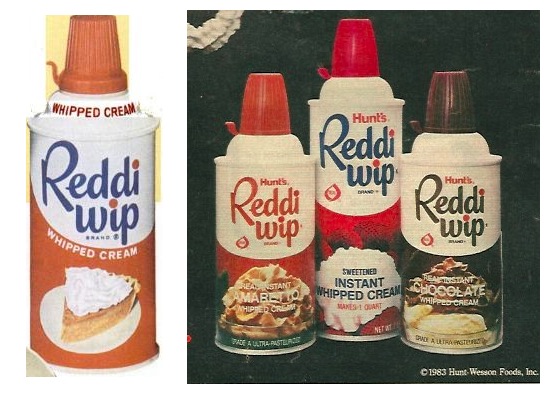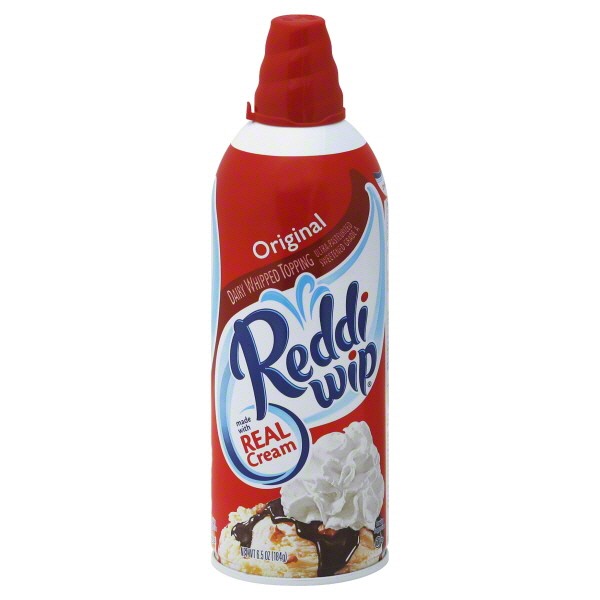Things You Didn't Know About Reddi-Wip
Reddi-Wip, in its signature can, is basically synonymous with whipped cream. The versatile "whipped topping" is the perfect complement to just about any dessert, from tiramisu to fresh strawberries, and it's even delicious right out of the can (admit it, you've done it, too). But there's actually a long and intriguing history behind this simple topping; here are six facts you most likely didn't know about Reddi-Wip.
It Was Invented in 1948

Inventor Bunny Lapin received a patent for the signature dispenser valve in 1955, a year after his product received national distribution.
It's Not the Top-Selling Whipped Topping
That title belongs to Cool Whip, which is actually oil-based, not cream-based. Other leading whipped topping brands include Dream Whip, Rich's, and La Crème.
Not all Flavors were Successful

Six flavors are currently available: Original, Extra-Creamy, Light, Fat-Free, Non-Dairy, and Chocolate. In the early 1980s, Amaretto and Butterscotch flavors were introduced, but didn't take off.
It's Propelled by Nitrous Oxide
Also known as laughing gas. Nitrous easily infuses into the cream, so it "whips" as it's coming out of the can. Each can has a warning label advising against inhaling the nitrous, which has a mild anesthetic effect, because if inhaled too quickly it can cause tissue damage from the pressure and cold.
It's Surprisingly Low in Calories

A two-tablespoon serving (about a one-second spray) of Original Reddi-Wip contains just 15 calories and 1 gram of fat. Don't down an entire can in one sitting, though: a whole can contains 600 calories.
The Can is Eco-Friendly

In 2012, a new can was introduced that won the 2012 ConAgra Foods Sustainability Development Award. The can-making process requires less energy and creates less waste during production.